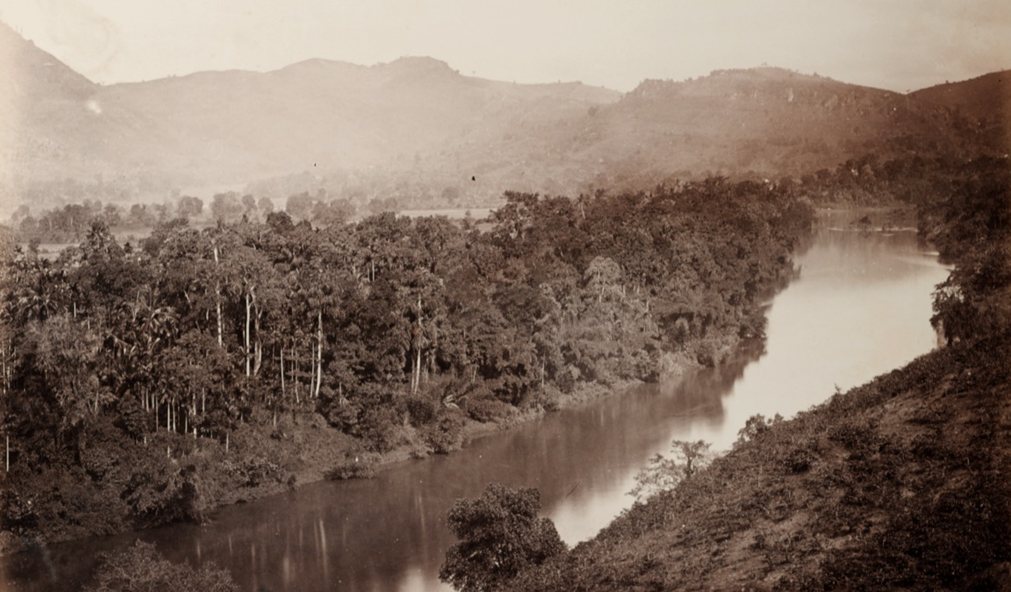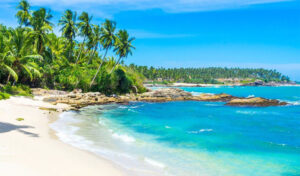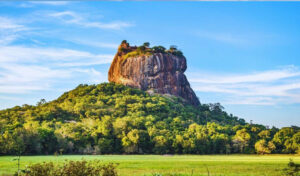If you are looking for an interesting place to visit in Sri Lanka, one that is steeped in history and culture but perhaps not as well known as some other tourist hot spots, then you must try Gampola. Standing 3,567 feet above sea level, Gampola is located in the Central Province and is in close proximity to the more renowned city of Kandy. It was originally called Gangasipura, referencing the Mahaweli River that runs alongside it. A former kingdom of ancient Sri Lanka, the Gampola era occupies a politically turbulent yet culturally prolific period in the history of the island.
King Buwenekabahu IV established Gampola as Sri Lanka’s capital in 1341, relocating the seat of power from Kurunegala. His was a brief reign of just four years and after his death, his brother, King Parakramabahu V ascended the throne. He was ousted from power by King Buwenekabahu IV’s son, King Wickramabahu III, in 1359. The fourth and final monarch of Gampola was King Buwenekabahu V, who reigned from 1372 to 1391.
The kingdom of Gampola was consistently under threat from different directions. There were numerous and regular South Indian Invasions of Sri Lanka. The Chinese Empire too had its sights set on the tiny island and was becoming an increasingly more difficult power to resist. And then there loomed, on the very close horizon, what turned out to be the inevitable Portugese invasion. The kings of Gampola were no great warriors and so it was left to their chieftains to defend the kingdom against the enemies – a challenge they rose up to with fortitude and valour. Owing to this, the chieftains became more powerful than the monarchy at the time.
What they lacked in military prowess, the Kings of Gampola made up for in cultural accomplishments. There were so many temples constructed during this period that Gampola is often referred to as ‘Temple City’. For the very first time, Buddhist monuments integrated Hindu deities. This paved the way for cross-fertilisation in other art forms, especially literature.
There are three noteworthy temples in Gampola – Gadaladeniya Raja Maha Viharaya, Lankathilaka Viharaya and Embekka Devale. The building of the Lankathilaka and Gadaladeniya were key to establishing Gampola as the new capital, as these were evidence of the city’s growing importance and prominence. These were both constructed by King Buwenekabahu IV as he relocated from Kurunegala to Gampola.
Gadaladeniya Raja Maha Viharaya, built in 1344, is famed for its stone carvings and murals in the inner shrine room. The name translates to ‘Stones brought from Deniya’, a direct reference to where the raw materials were procured from. There is a prominent Dagoba that is housed under a roof, symbolising the residence of God Sakra. The four surrounding satellite Dagobas are said to represent the four divine guardians of Lanka.
Standing atop the Panhalgala Rock and consisting mainly of brick structures is the Lankathilaka Viharaya. As is characteristic of the places of worship of the time, the Lankathilaka honours both Lord Buddha as well as several Hindu deities. The entrance, with its ornate dragon arch or ‘Makara Thorana’ is grandiose, while the ‘Suvisi Vivarana’ or murals of the past lives of 20 Buddhas that can be seen on the walls of the image house are both informative as they are aesthetically pleasing.
Embekka Devala, dedicated to Lord Kataragama was built by King Wickramabahu III. This sacred structure distinguishes itself by the number of wood carvings that pretty much cover its entire surface. In total there are 514 carvings. A unique facet of its architecture is the union of 26 beams in the ‘Madol Kurupawa’ that takes the form of a giant pin. King Wickramabahu III donated his palanquin to the temple and it is on this very same palanquin that the chief deity parades the streets today.
Although not discussed as often, Gampola is a significant city both historically and culturally. As a kingdom it was one of the last strongholds of local power, before Sri Lanka was conquered by the Portuguese. Home to many architectural marvels there is so much to experience and learn in Gampola.
In order to take in the many wonders of this ancient kingdom, it is recommended that you spend at least two days in Gampola. Mount Havana Luxury Boutique Villa is the perfect base for you to embark on your sightseeing adventures. The location, atop a hill, provides convenient access to the key cultural and religious sites. And once you are done with your wanderings, you can come back and indulge in the luxuries of the villa – take a dip in the pool, soak in the tub, dine under the stars and unwind in the natural surroundings.
The 25-acre Mount Havana estate is surrounded by lush green tea plantations. Its elevated position offers some breathtaking views of Gampola town and even the possibility of seeing Adam’s Peak on a clear day. The five-bedroom villa is outfitted with modern luxuries that offer you the chance of complete relaxation. This means that you wake up fresh and ready for your day of sightseeing and are able to kick back and enjoy some proper rest once you return. You are then rejuvenated for another day of learning and wonder in this impressive former capital of ancient Sri Lanka.



